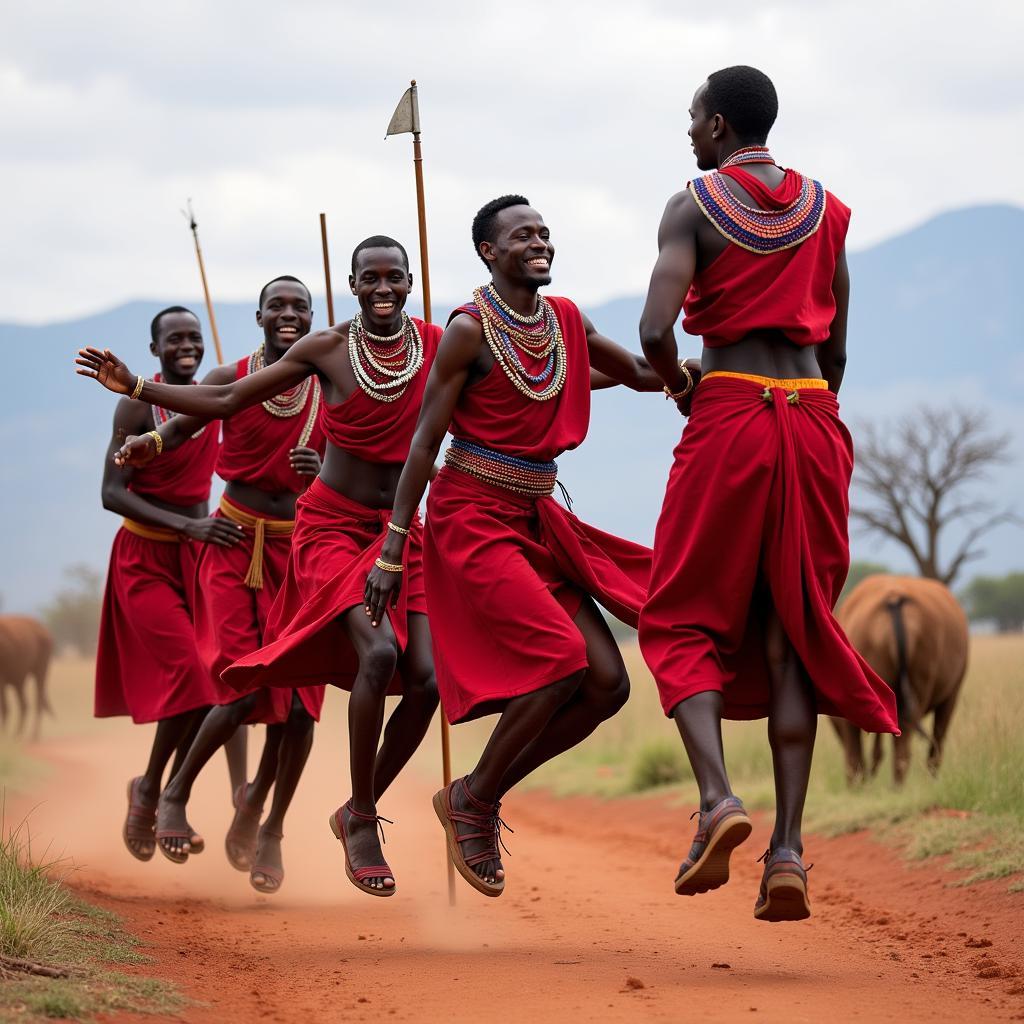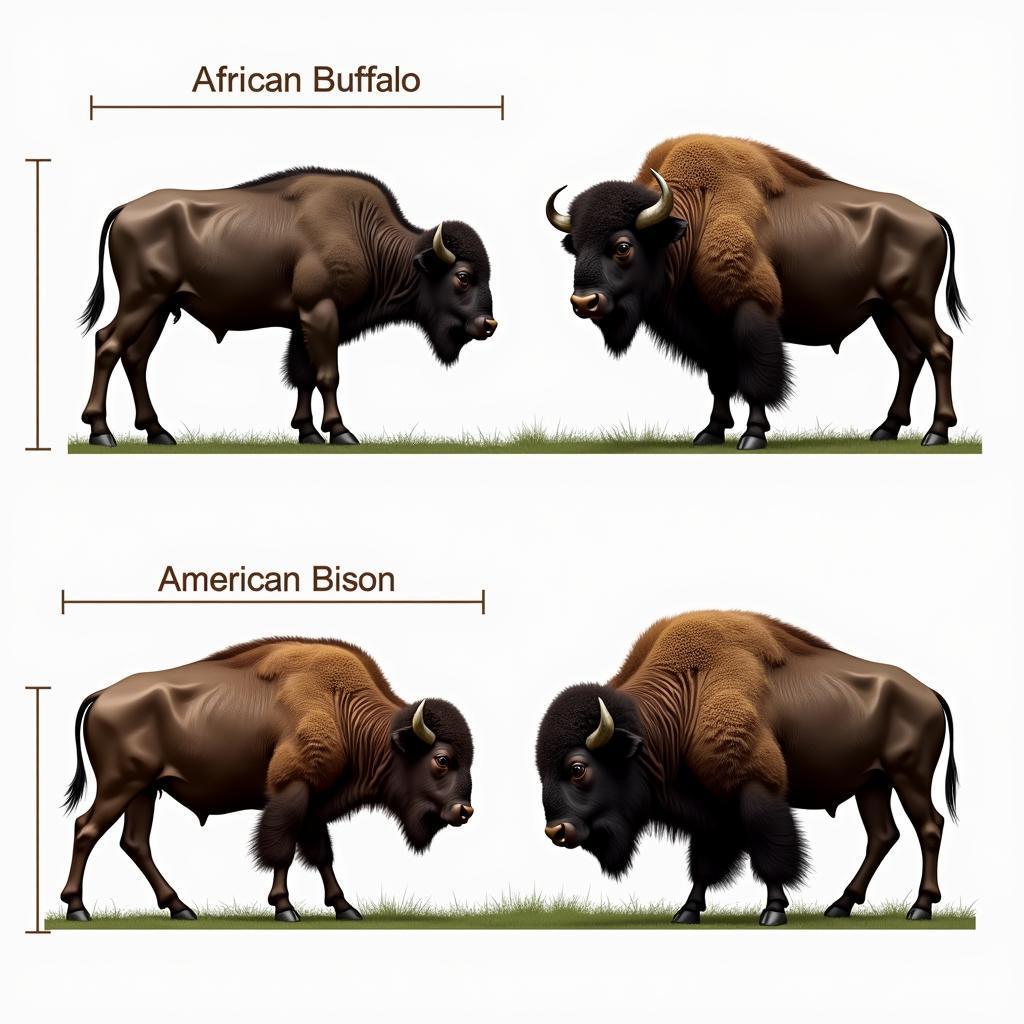Exploring the Vibrant World of African Fine Art Paintings
African Fine Art Paintings offer a captivating window into the continent’s rich cultural tapestry, historical narratives, and diverse artistic expressions. From ancient rock art to contemporary masterpieces, African art reflects the beauty, resilience, and creativity of its people.
A Journey Through Time: Historical Context of African Art
African art history spans millennia, with each era leaving an indelible mark on the continent’s artistic legacy. Prehistoric rock art, found across Africa, offers glimpses into the lives and beliefs of early humans. Ancient civilizations, such as Egypt and Nubia, developed sophisticated art forms, as evidenced by their intricate hieroglyphics, monumental architecture, and exquisite sculptures.
The arrival of European colonialism in Africa had a profound impact on the continent’s art scene. While some artists embraced Western influences, others continued to draw inspiration from traditional motifs and techniques. This period witnessed the emergence of new art forms, such as sign writing and urban art, which reflected the changing social and political landscape.
Diverse Styles and Movements in African Fine Art
African fine art encompasses a vast array of styles and movements, each with its unique characteristics and influences.
Traditional African Art
Traditional African art is deeply rooted in the continent’s cultural and spiritual beliefs. It often features symbolic imagery, geometric patterns, and vibrant colors. Some notable examples include:
- Nok Sculpture: Dating back to 500 BC, Nok sculptures from present-day Nigeria are renowned for their terracotta figures with elongated heads and expressive features.
- Benin Bronzes: Originating from the Benin Kingdom in present-day Nigeria, Benin bronzes are intricate metal sculptures that depict historical events, royal figures, and spiritual beings.
- Makonde Sculpture: The Makonde people of Tanzania and Mozambique are known for their expressive wooden sculptures, often depicting human figures with elongated limbs and exaggerated features.
Modern and Contemporary African Art
The mid-20th century witnessed a surge in modern and contemporary African art, as artists sought to express their identities and experiences in a rapidly changing world. Key movements include:
- Négritude: This literary and artistic movement celebrated Black identity and culture, rejecting colonial ideologies.
- Osogbo School: Emerging in Nigeria in the 1960s, the Osogbo School embraced Yoruba mythology and folklore, creating vibrant and expressive artworks.
- Contemporary African Art: Today, contemporary African artists continue to push boundaries, exploring themes of identity, politics, globalization, and social justice through a diverse range of mediums and styles.
Themes and Symbolism in African Fine Art Paintings
African fine art paintings often convey deeper meanings and narratives through the use of symbolism and recurring themes. Some common themes include:
- Spirituality and Ancestor Veneration: Many African cultures place great importance on spirituality and the connection between the living and the dead. Ancestral spirits are often depicted in paintings, serving as protectors, guides, and sources of wisdom.
- Daily Life and Rituals: African art frequently portrays scenes from everyday life, such as farming, market scenes, celebrations, and rituals. These paintings offer insights into the customs, values, and social structures of different communities.
- Nature and the Environment: The natural world plays a significant role in African art, reflecting the continent’s diverse landscapes and the close relationship between people and their surroundings. Animals, plants, and celestial bodies often hold symbolic meanings.
The Global Impact of African Fine Art
African fine art has gained increasing global recognition and appreciation in recent decades. Museums and galleries worldwide are showcasing African art, and collectors are eager to acquire pieces by both established and emerging artists. The growing interest in African art reflects a broader appreciation for the continent’s cultural richness and artistic contributions.
FAQs about African Fine Art Paintings
What are some of the most famous African fine art paintings?
Some renowned African fine art paintings include “Tutu” by Ben Enwonwu, “The Battle of Tetuan” by Ibrahim El-Salahi, and “African Fishermen” by Gerard Sekoto.
Where can I buy authentic African fine art paintings?
Reputable art galleries specializing in African art, online platforms, and art fairs are good places to find authentic African fine art paintings. It’s essential to purchase from trusted sources to ensure authenticity and ethical sourcing.
Exploring Further: Related Topics
To delve deeper into the fascinating world of African art, you might find these topics interesting:
Conclusion
African fine art paintings offer a captivating blend of history, culture, and artistic brilliance. From ancient rock art to contemporary masterpieces, African art continues to captivate and inspire audiences worldwide. By exploring the diverse styles, themes, and symbolism found in African fine art, we gain a deeper appreciation for the continent’s rich artistic legacy and its enduring impact on the global art scene.
For any inquiries or assistance, please contact us at:
Phone Number: +255768904061
Email: kaka.mag@gmail.com
Address: Mbarali DC Mawindi, Kangaga, Tanzania.
Our customer care team is available 24/7 to assist you.


